Copenhagen’s Noma opens its first café and flavour shop
OEO Studio transforms the former entrance to the three-Michelin-starred restaurant into a tactile space inspired by laboratory precision
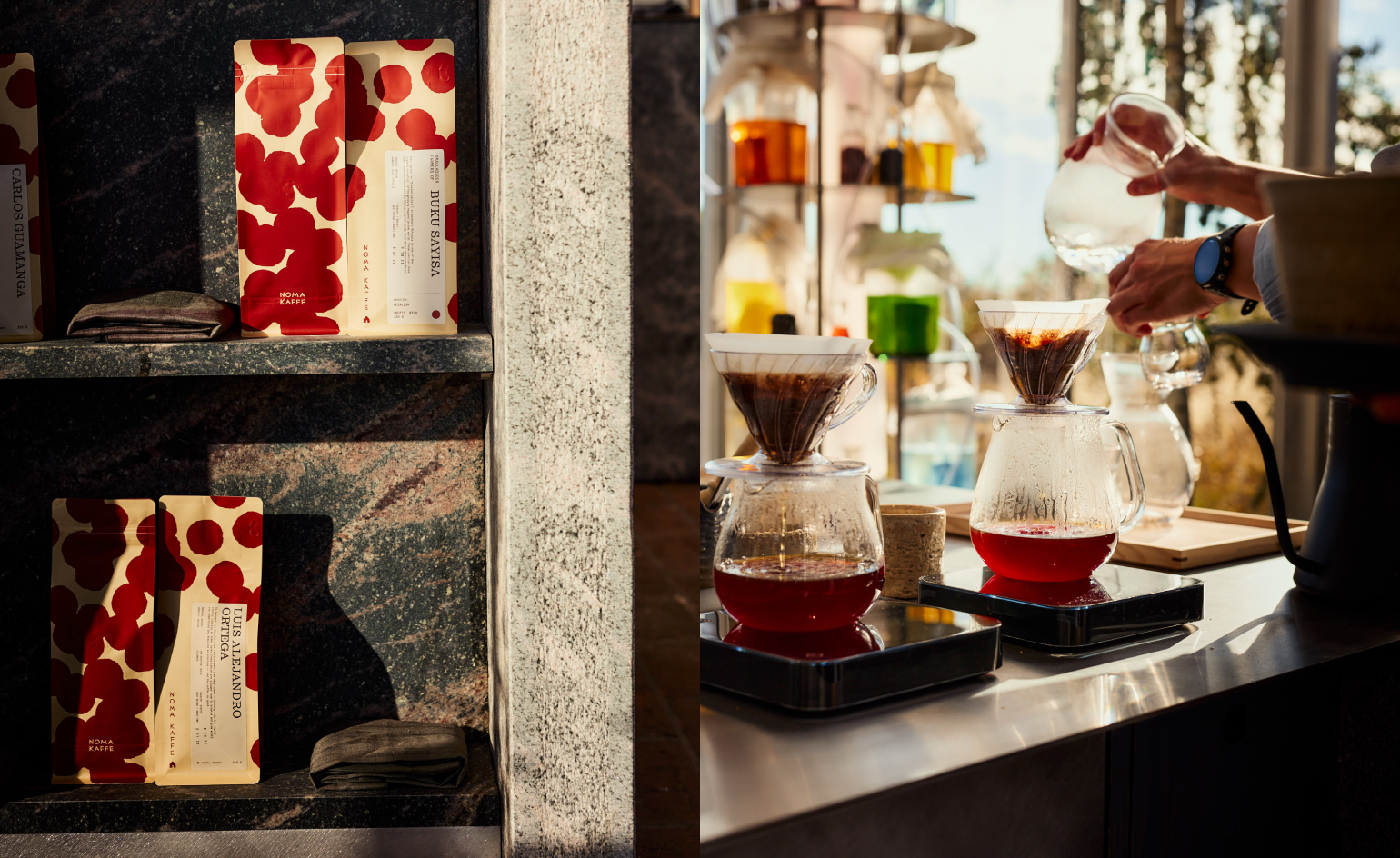
In Copenhagen’s Refshaleøen neighbourhood, a simple 72 sq m greenhouse – previously the threshold guests crossed before entering Noma (René Redzepi’s three-Michelin-starred culinary sanctum) – has been transformed by OEO Studio into Noma Projects Flavor Shop.
The project presented a very contemporary challenge: how to translate flavour itself, and the laboratory mentality of one of the world’s most experimental kitchens, into physical form?
OEO Studio designs Noma Projects Flavor Shop
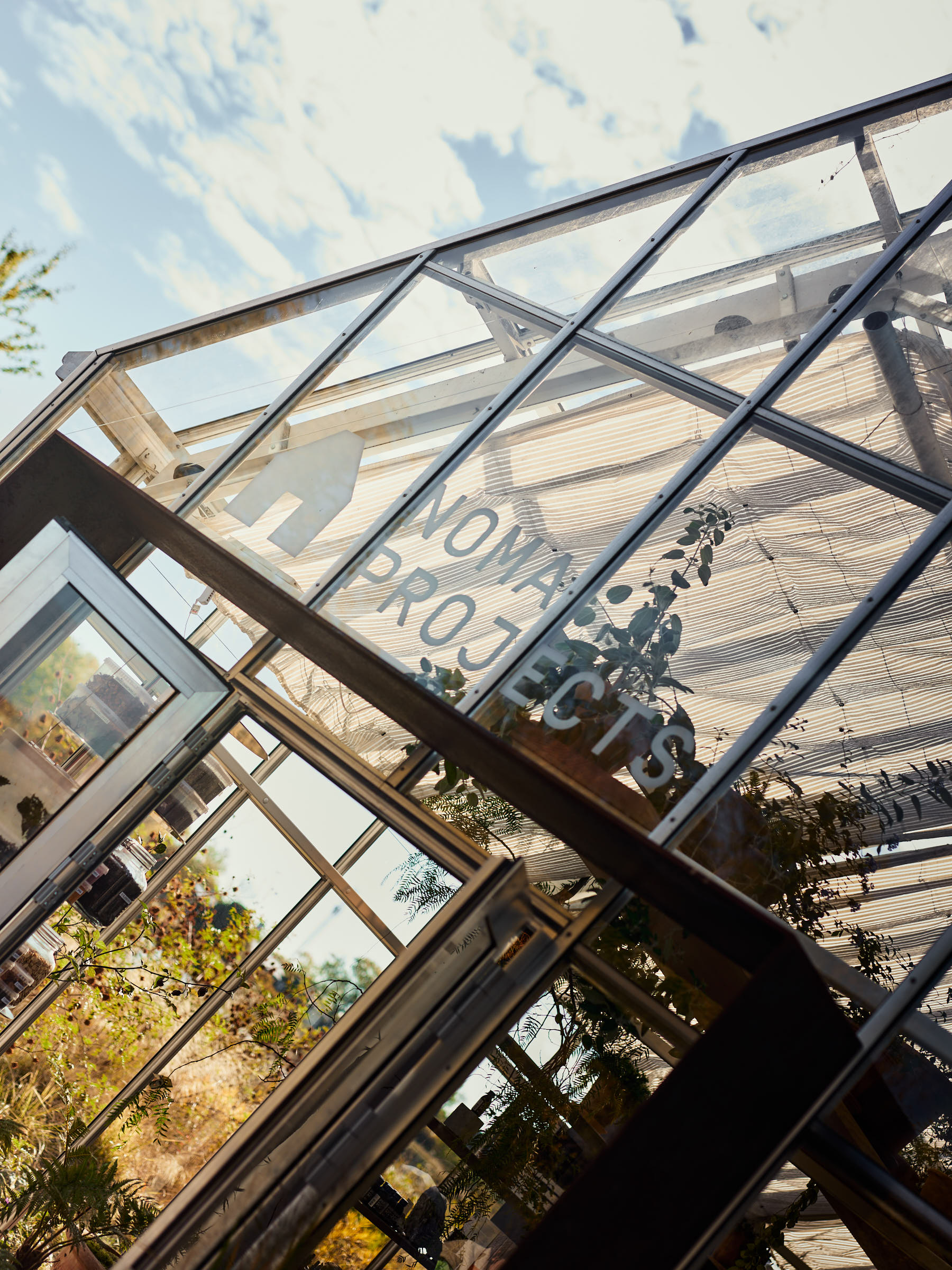
‘René was very specific about what he didn’t want,’ explains OEO Studio co-founder Thomas Lykke. ‘He didn’t want a traditional shop or café. He wanted something that captures the laboratory atmosphere, as well as the playfulness, the quirkiness, the nerdiness, and especially the energy of experimentation.’
The result is a study in contrasts, both material and conceptual. Where Noma the restaurant orchestrates a carefully timed sequential experience, the shop is more informal and invites browsing through the full pantry of Noma Projects and Noma Kaffe, to enjoy in the shop or to take home. In keeping with a particularly Danish sensibility that prizes substance over spectacle and practicality over decoration, there’s nothing performative here: OEO Studio has created a space that is simultaneously raw and refined, allowing the materials to speak without shouting.
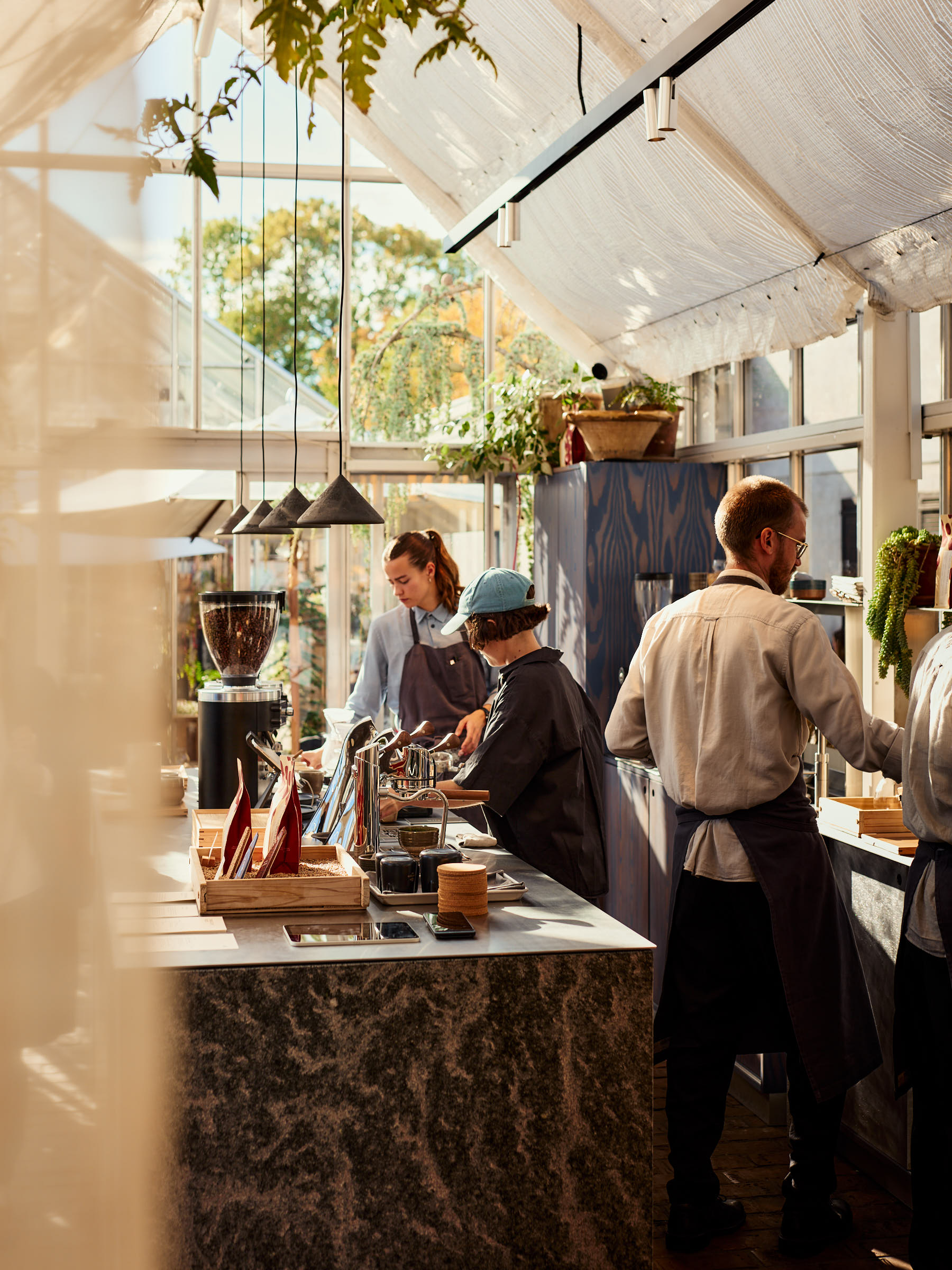
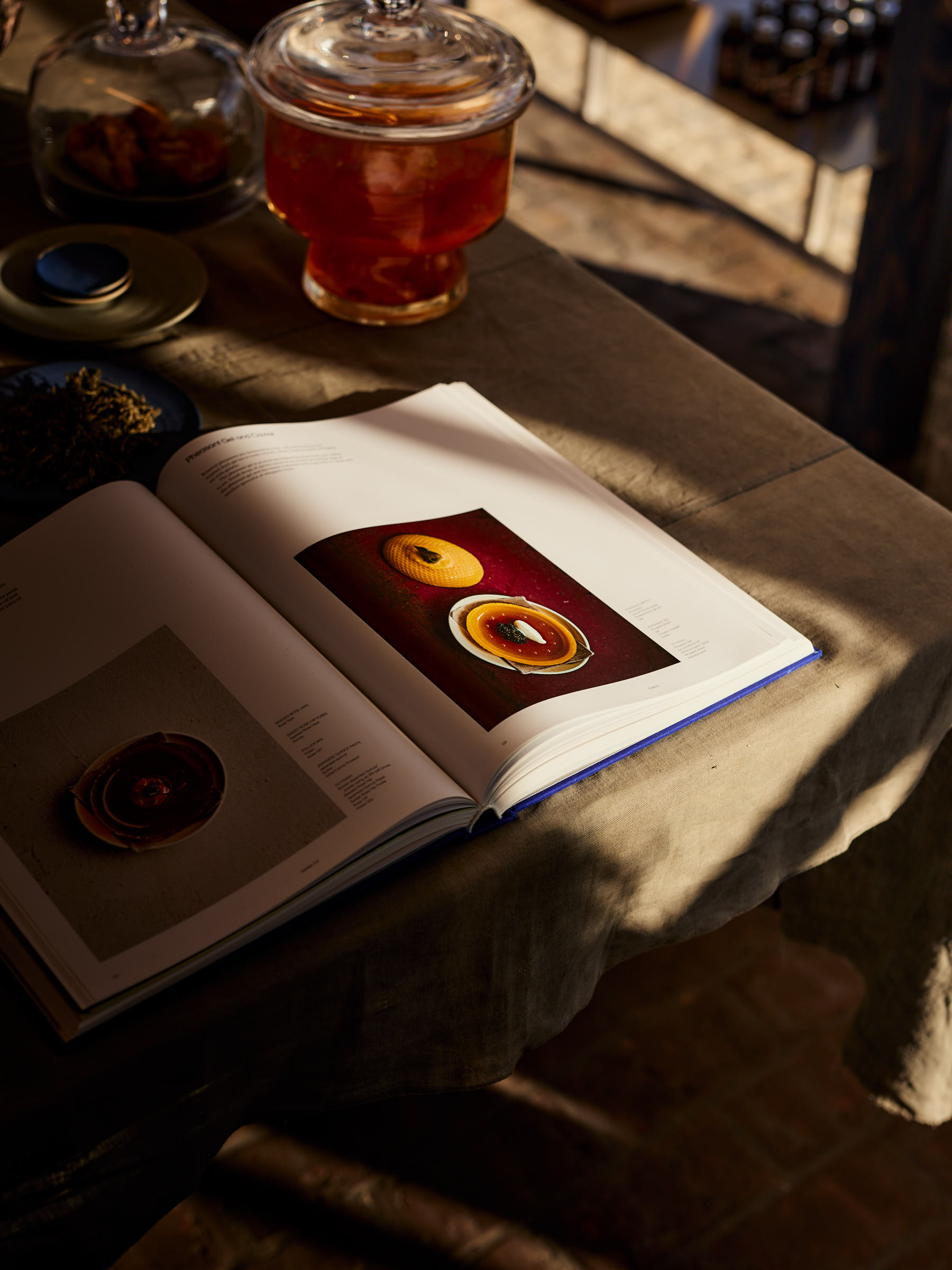
Paradise granite from Bornholm anchors the material palette in three separate treatments: jet-burned, honed, and chiselled. ‘It’s the same stone, just treated differently,’ Lykke says. ‘You almost feel they are different stones. It’s a bit like how Noma treats raw ingredients to create flavour: depending on what you do with it, it has a distinct expression.’
The parallel between culinary and material transformation runs throughout: burnt bricks provide warmth, Douglas fir treated with linseed oil adds a subtle blue, and hairline stainless steel and brushed aluminium introduce a cooler, more technical and industrial touch.
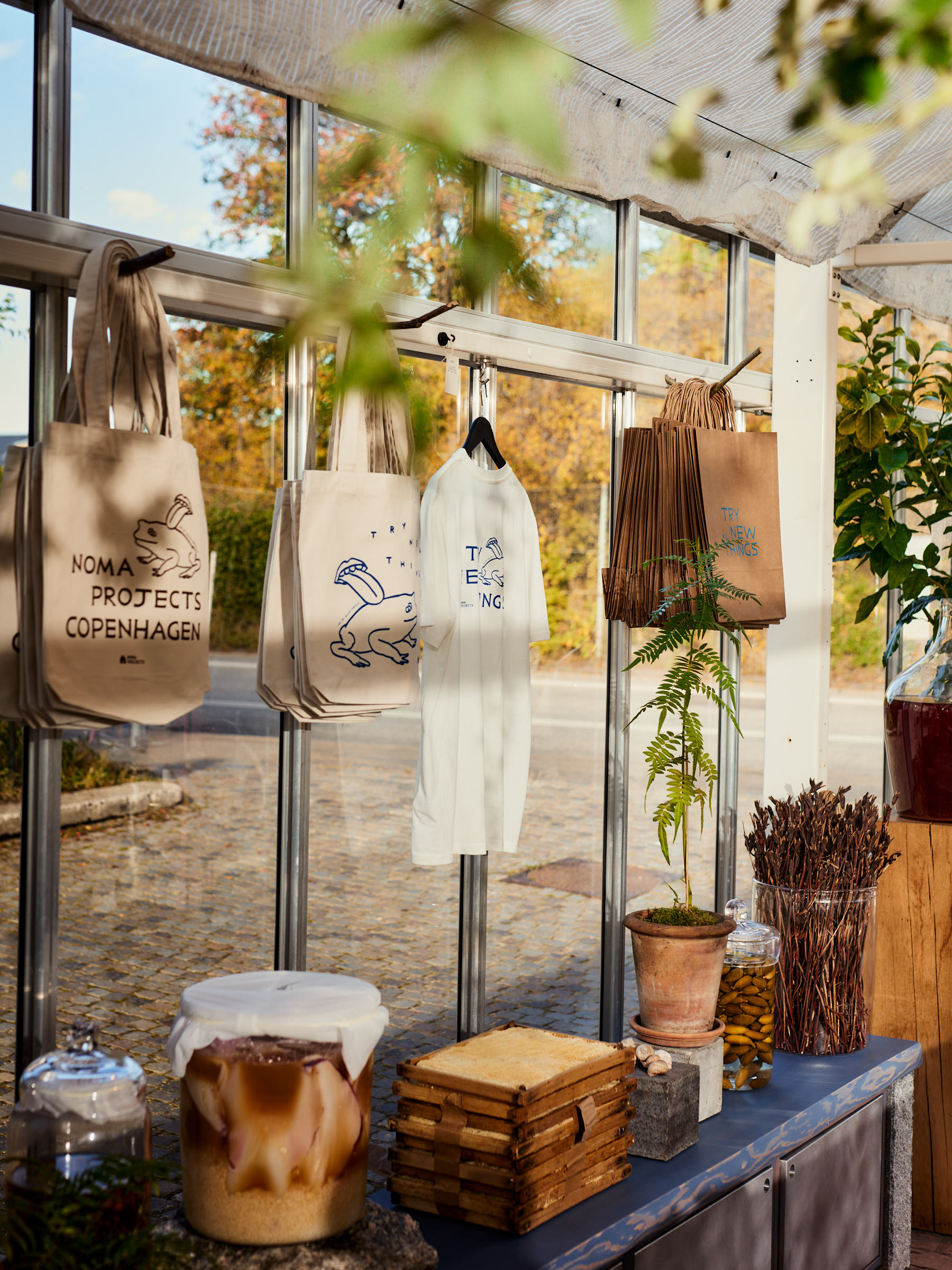
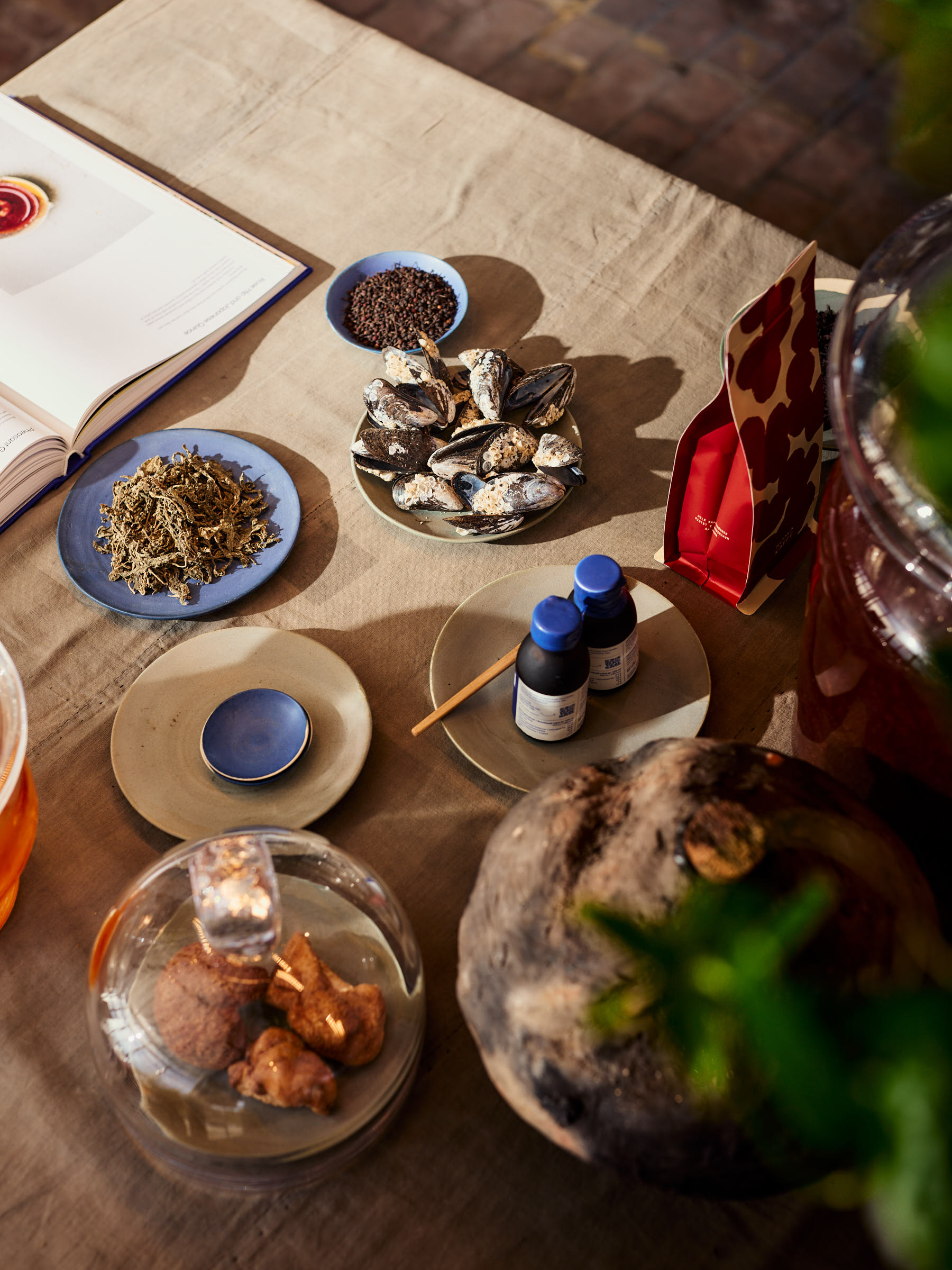
Most striking, however, is the contradiction between high-tech circularity and traditional craft. Bespoke glass jars by Danish workshop Holmegaard Værk, designed with a laboratory finish but a hand-crafted feel, sit beneath Terra pendant lamps made from Matek, a sustainable material made of coffee shell and wood waste mixed with recycled e-waste.
Receive our daily digest of inspiration, escapism and design stories from around the world direct to your inbox.
‘We both have an obsession about the crafted feel in combination with technology,’ says Lykke, ‘and the contrast makes it interesting.’
The centrepiece is an extra-long display table, like a responsive scientific specimen presentation, softened thanks to OEO’s juxtaposition of warm, tactile materials against the cooler, more technical ones. A sculptural pendant with what Lykke describes as an atomic plant aesthetic adds an unexpectedly high-tech accent, its light creating an otherworldly glow.
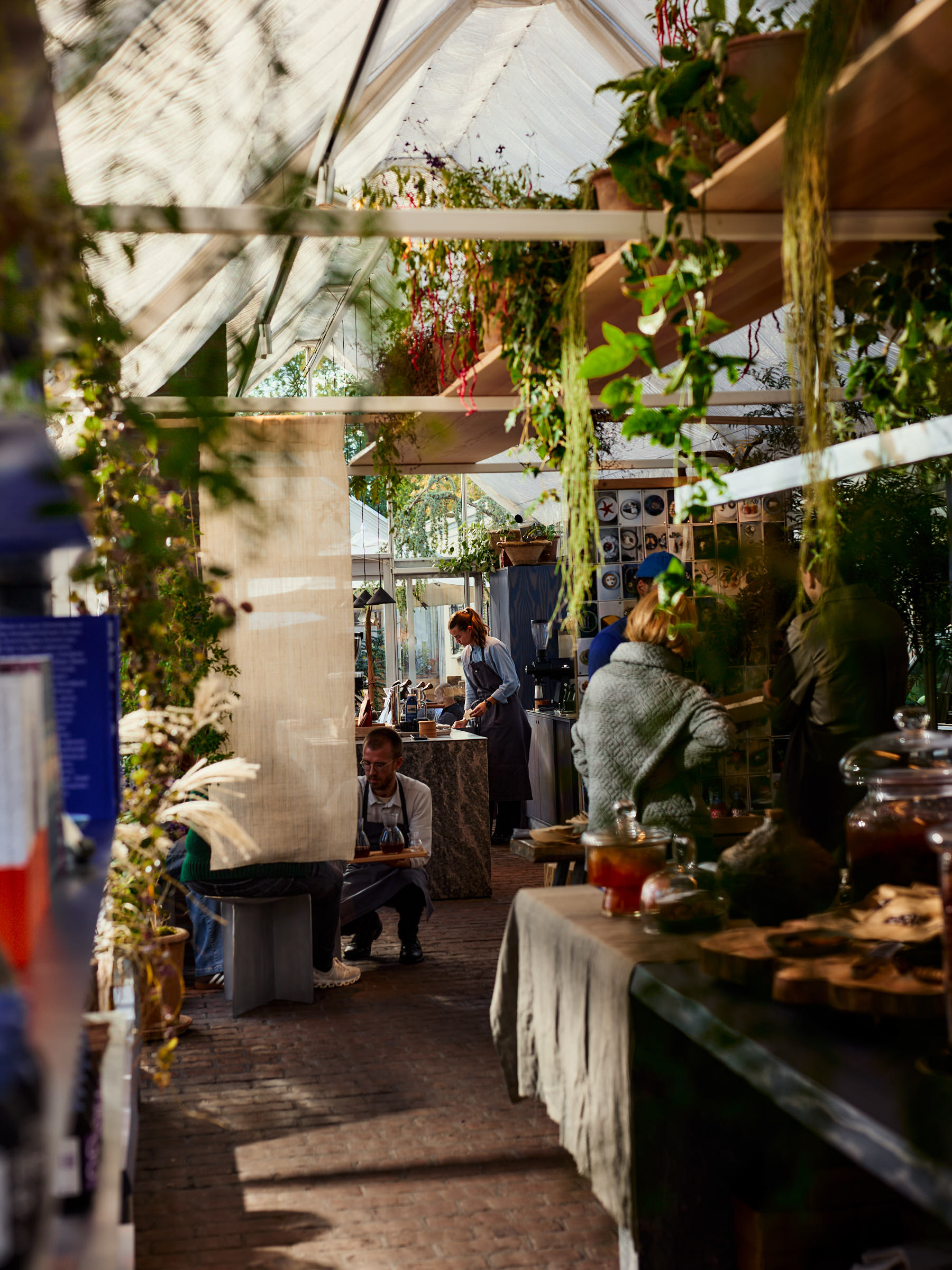
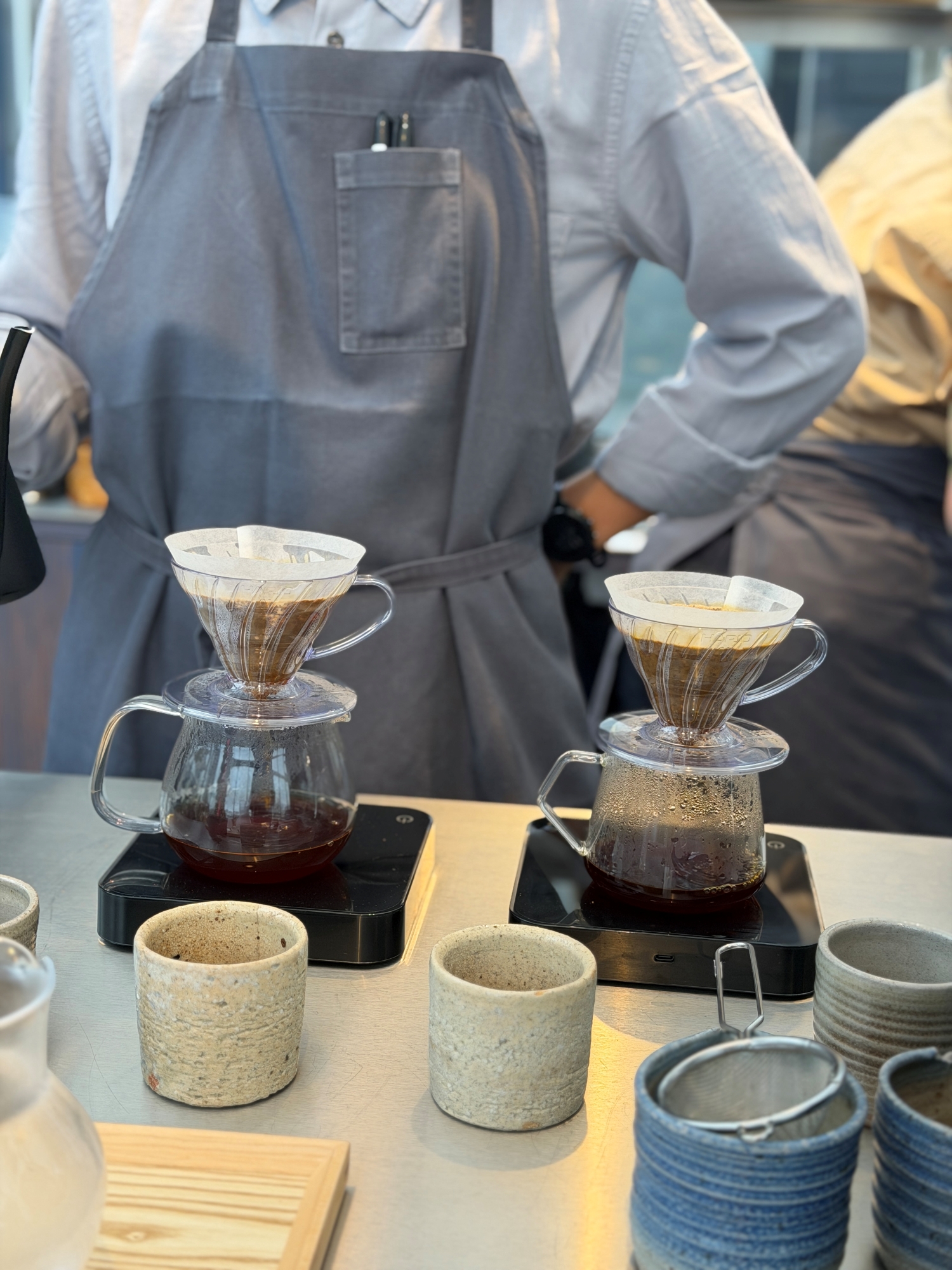
However, the design’s most memorable aspect may be its newfound openness. The greenhouse reveals the garden, lake, and glimpses of Noma itself, marking a shift in how the restaurant engages with the city beyond its dining room. ‘It’s open to everybody. You can stroll by, go in, touch, go into the garden, have a coffee,’ Lykke says.
This accessibility represents a new chapter for Noma, one that reflects its continual evolution and inventive new coffee programme, which features six baristas and their own in-house roasting operation, as well as a fascinating selection of items from the Noma Projects pantry.
‘They’re taking coffee to the same level as their food,’ says Lykke.
Noma Projects Flavor Shop is open Tuesday-Sunday, 9 am to 6 pm, and until 7 pm on Fridays. It is located at Refshalevej 96, 1432 Indre By, Denmark.
Catherine Shaw is a writer, editor and consultant specialising in architecture and design. She has written and contributed to over ten books, including award-winning monographs on art collector and designer Alan Chan, and on architect William Lim's Asian design philosophy. She has also authored books on architect André Fu, on Turkish interior designer Zeynep Fadıllıoğlu, and on Beijing-based OPEN Architecture's most significant cultural projects across China.
-
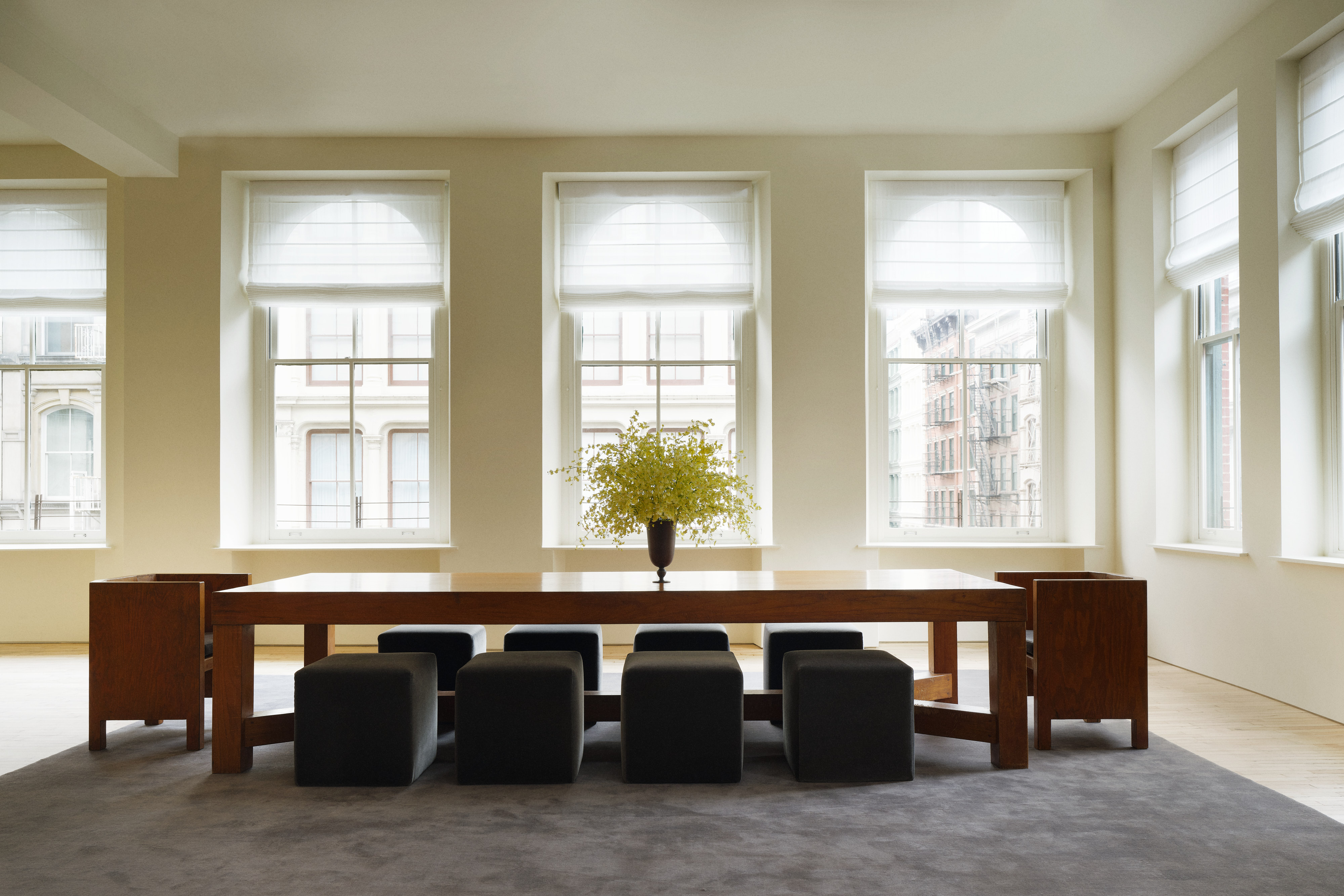 Tour Aflalo’s first retail space, a gallery-like studio in New York
Tour Aflalo’s first retail space, a gallery-like studio in New YorkLight-filled and elegant, Aflalo has opened its first retail space in a classic Soho loft, reimagined by Nordic Knots Studio
-
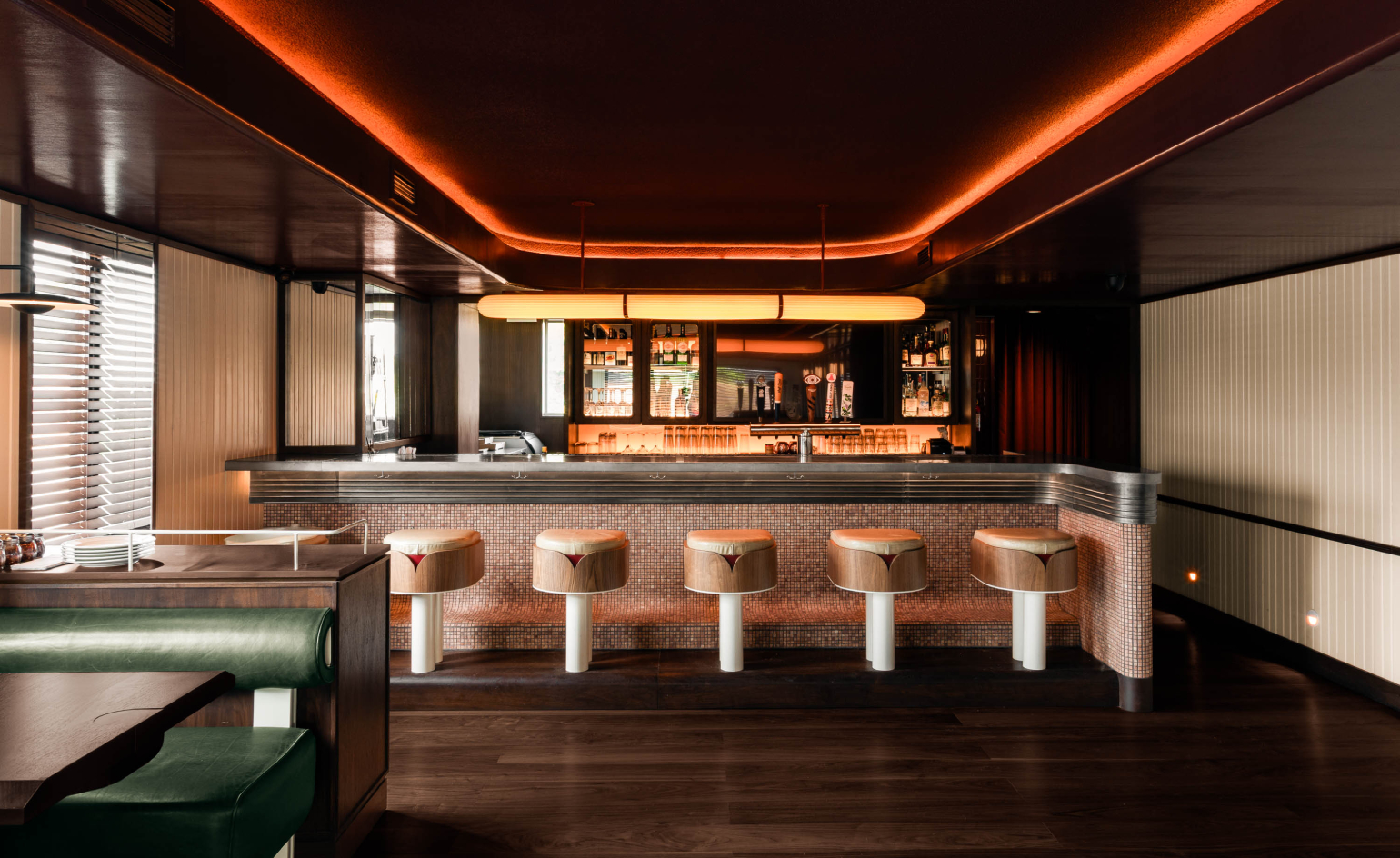 This Toronto pizzeria hides a sultry bar with serious bite
This Toronto pizzeria hides a sultry bar with serious biteNorth of Brooklyn unveils a fresh, two-level outpost where crisp, light-filled minimalism gives way to a warmer, neon-lit upstairs area
-
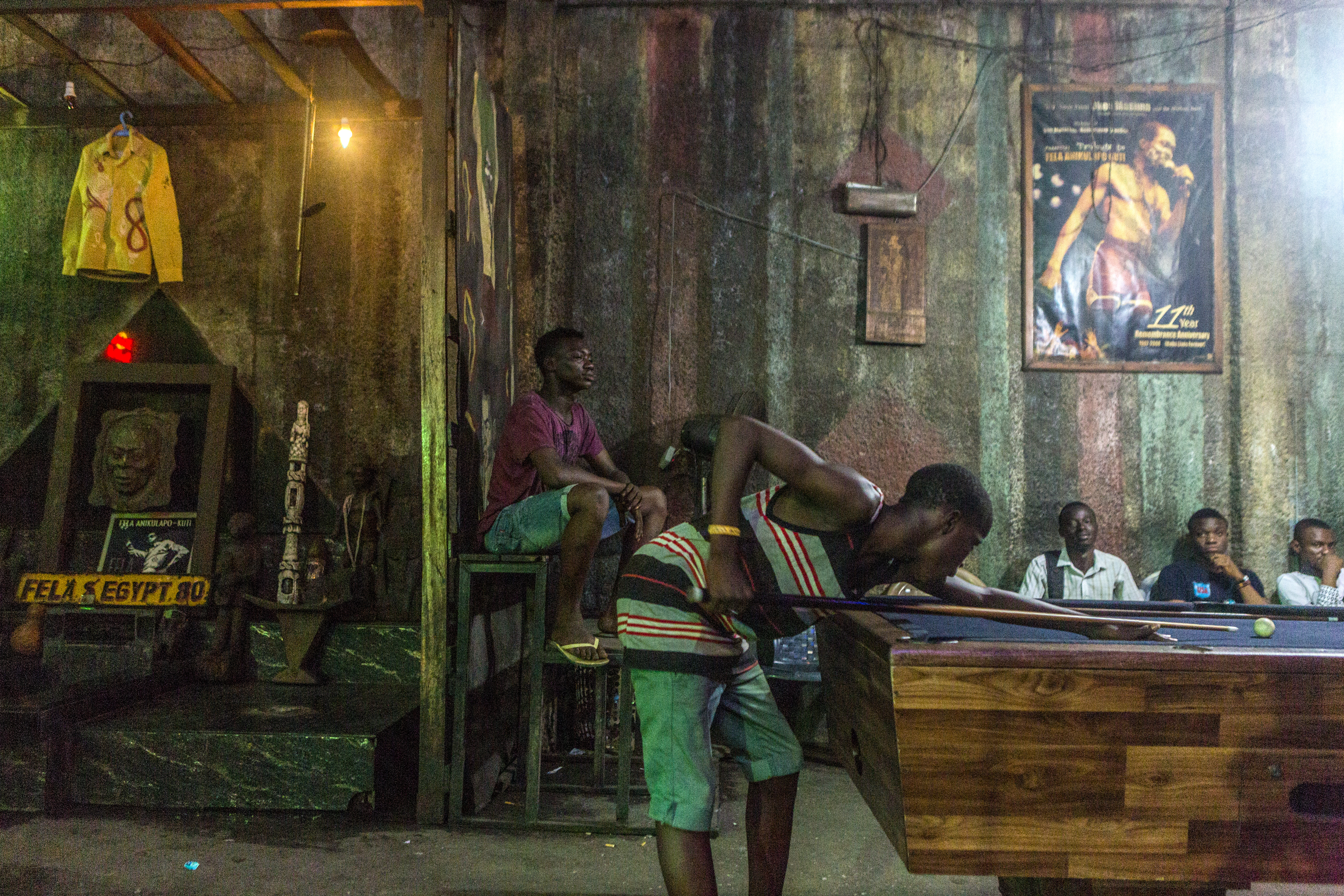 A Lagos exhibition celebrates Fela Kuti's defining sound
A Lagos exhibition celebrates Fela Kuti's defining soundAn exhibition, Afrobeat Rebellion, currently showing at the Ecobank PanAfrican Centre in Lagos, explores the life of Afrobeat father Fela Anikulapo-Kuti
-
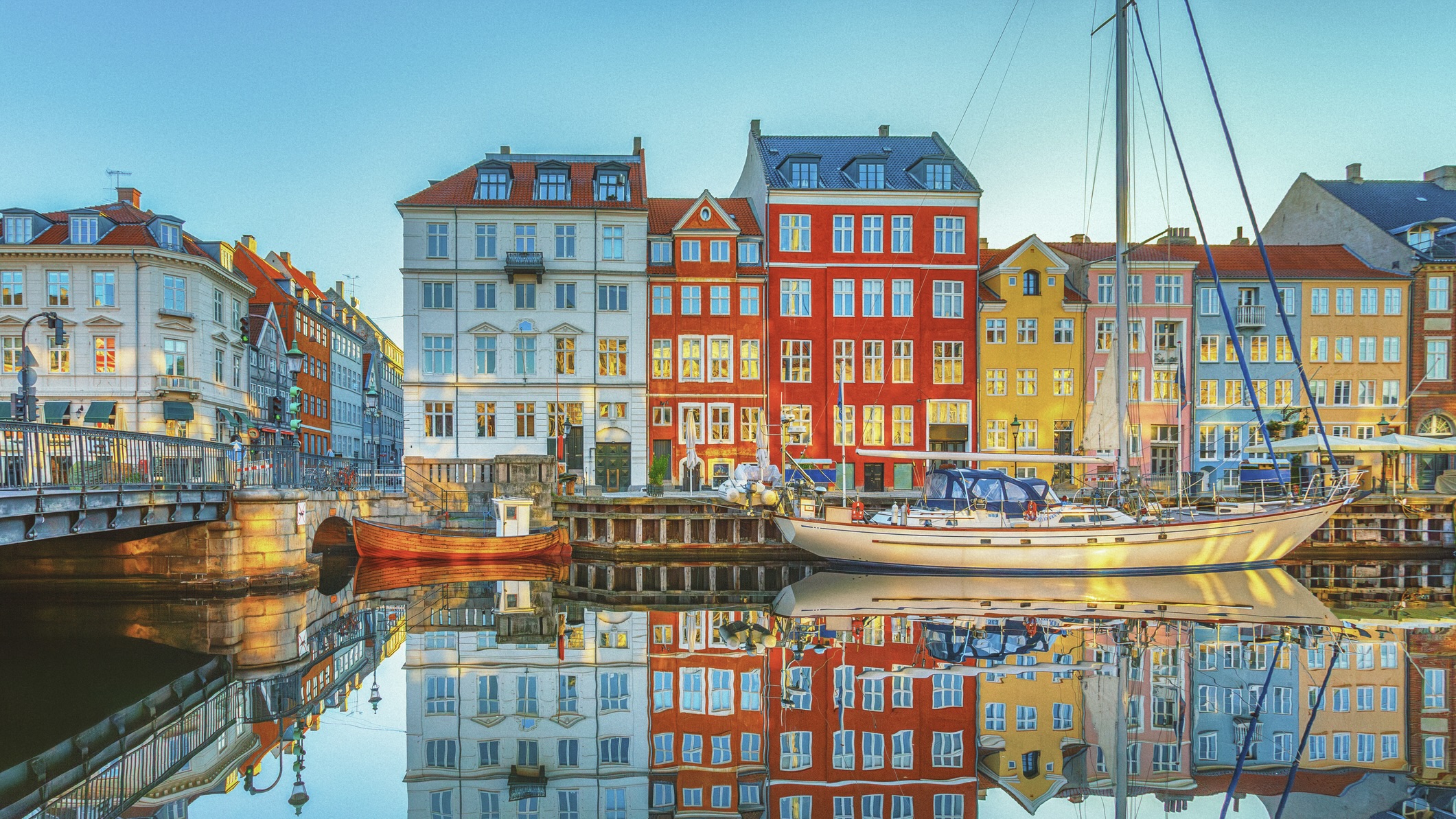 The future of tourism? Copenhagen’s CopenPay rewards visitors for acting sustainably
The future of tourism? Copenhagen’s CopenPay rewards visitors for acting sustainablyUnder the scheme, which was piloted last year and will return from 17 June 2025, tourists earn perks for doing things like riding bikes and picking up litter
-
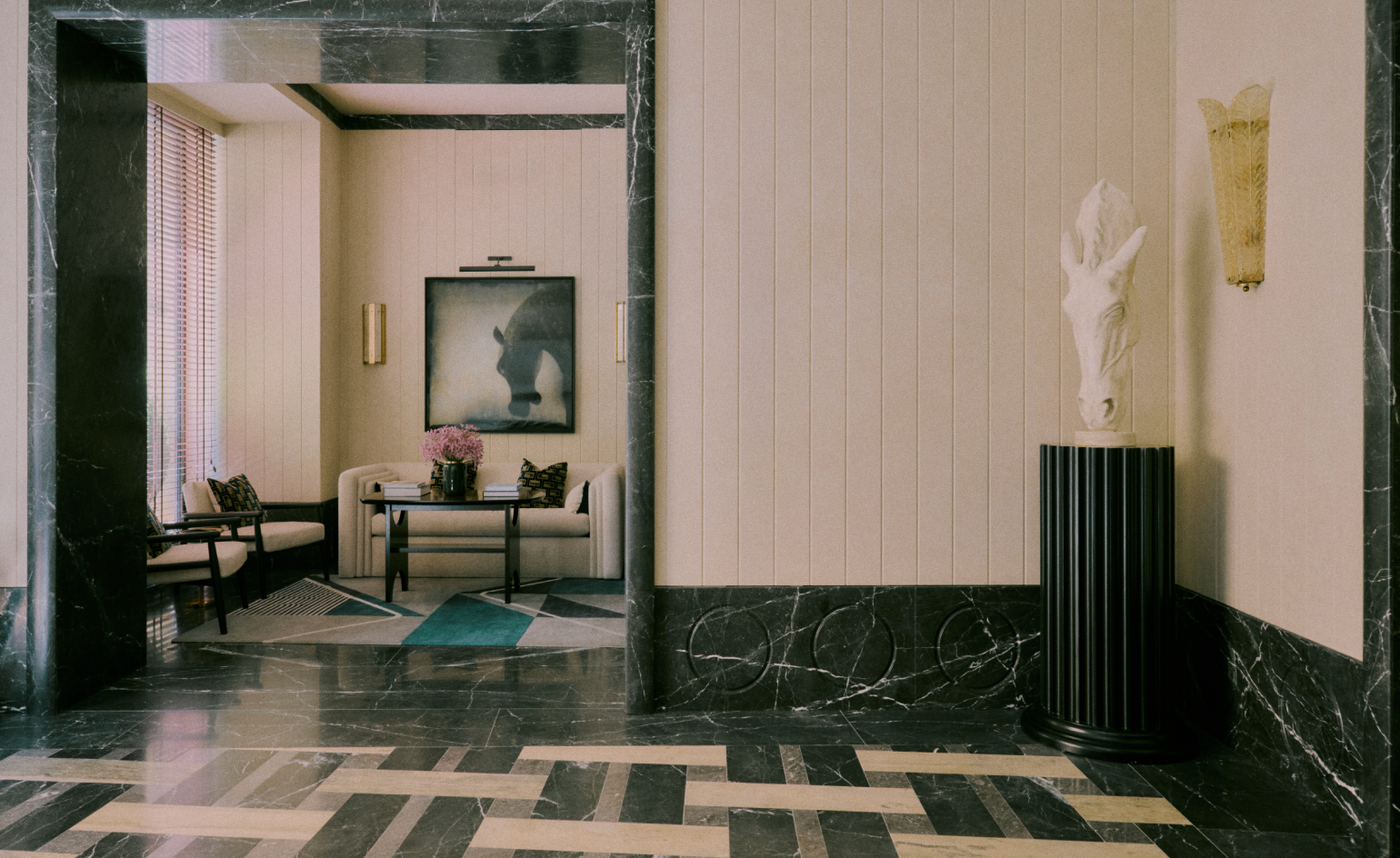 The best new hotels to love without reservation
The best new hotels to love without reservationExplore the best new openings in the world, from a new skyscraping addition to the Dubai skyline to a retro address that taps into California’s midcentury style
-
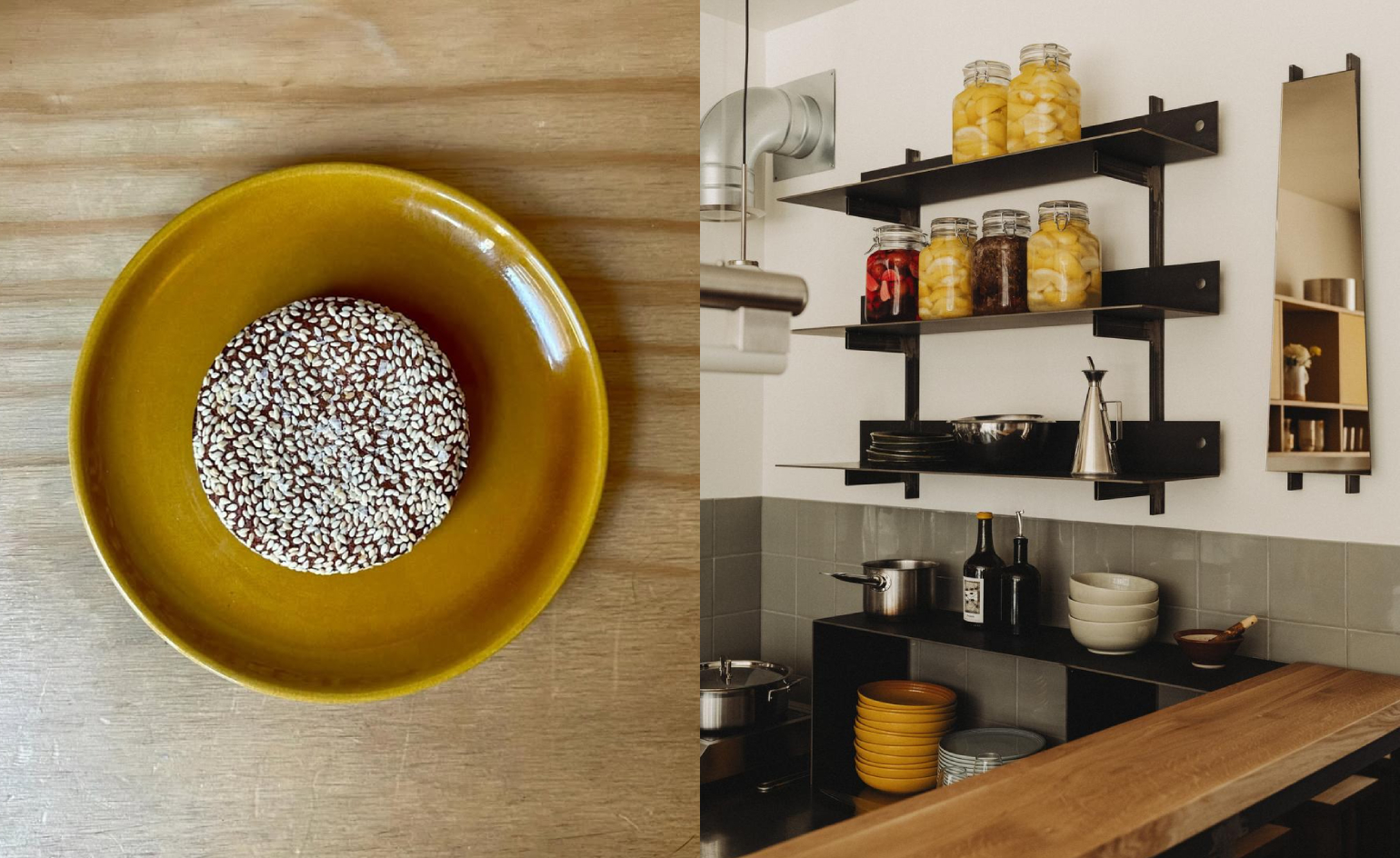 Designers’ guide to dining and wining in Copenhagen
Designers’ guide to dining and wining in CopenhagenWondering where to eat in Copenhagen during 3 Days of Design 2025 and beyond? Local designers share their favourite haunts
-
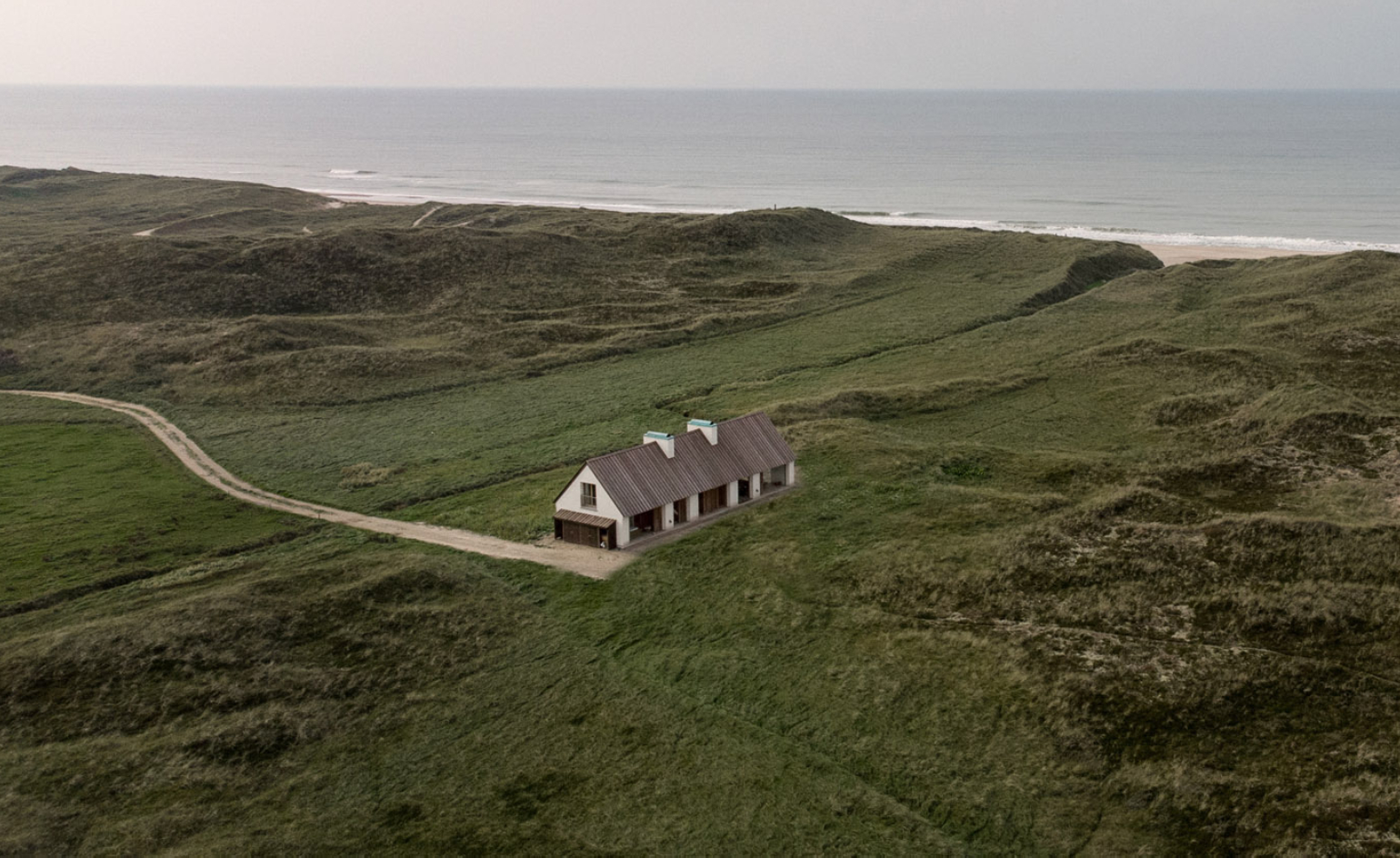 Vipp’s Scandinavian guesthouse offers a sleek setting amid a wild landscape
Vipp’s Scandinavian guesthouse offers a sleek setting amid a wild landscapeVipp Cold Hawaii is a Scandinavian guesthouse designed by architecture studio Hahn Lavsen in Denmark’s Thy National Park
-
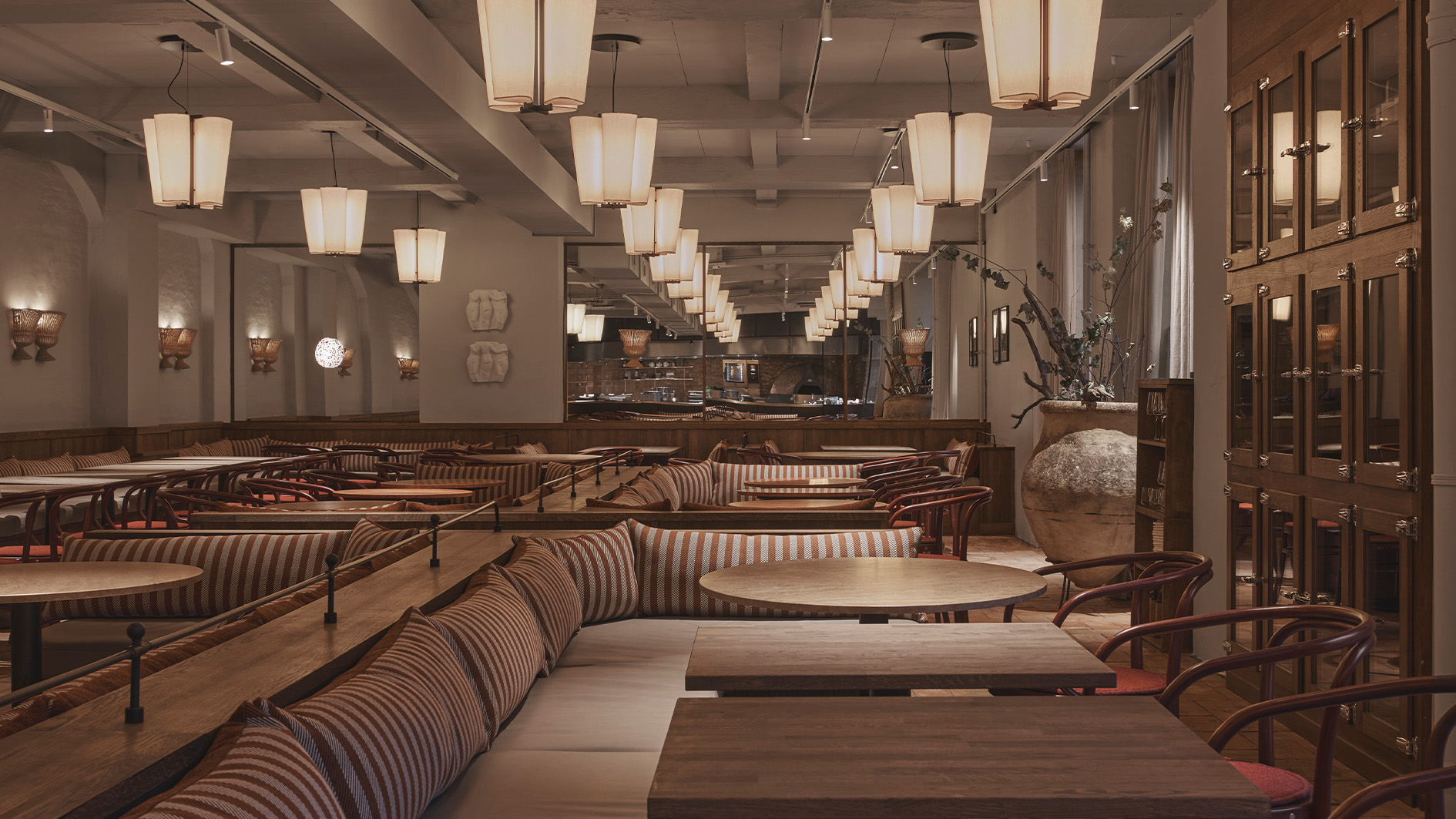 Ambra Copenhagen marries traditional Italian cuisine with sleek Danish design
Ambra Copenhagen marries traditional Italian cuisine with sleek Danish designAmbra Copenhagen is Space Copenhagen’s latest design-centred hospitality venture
-
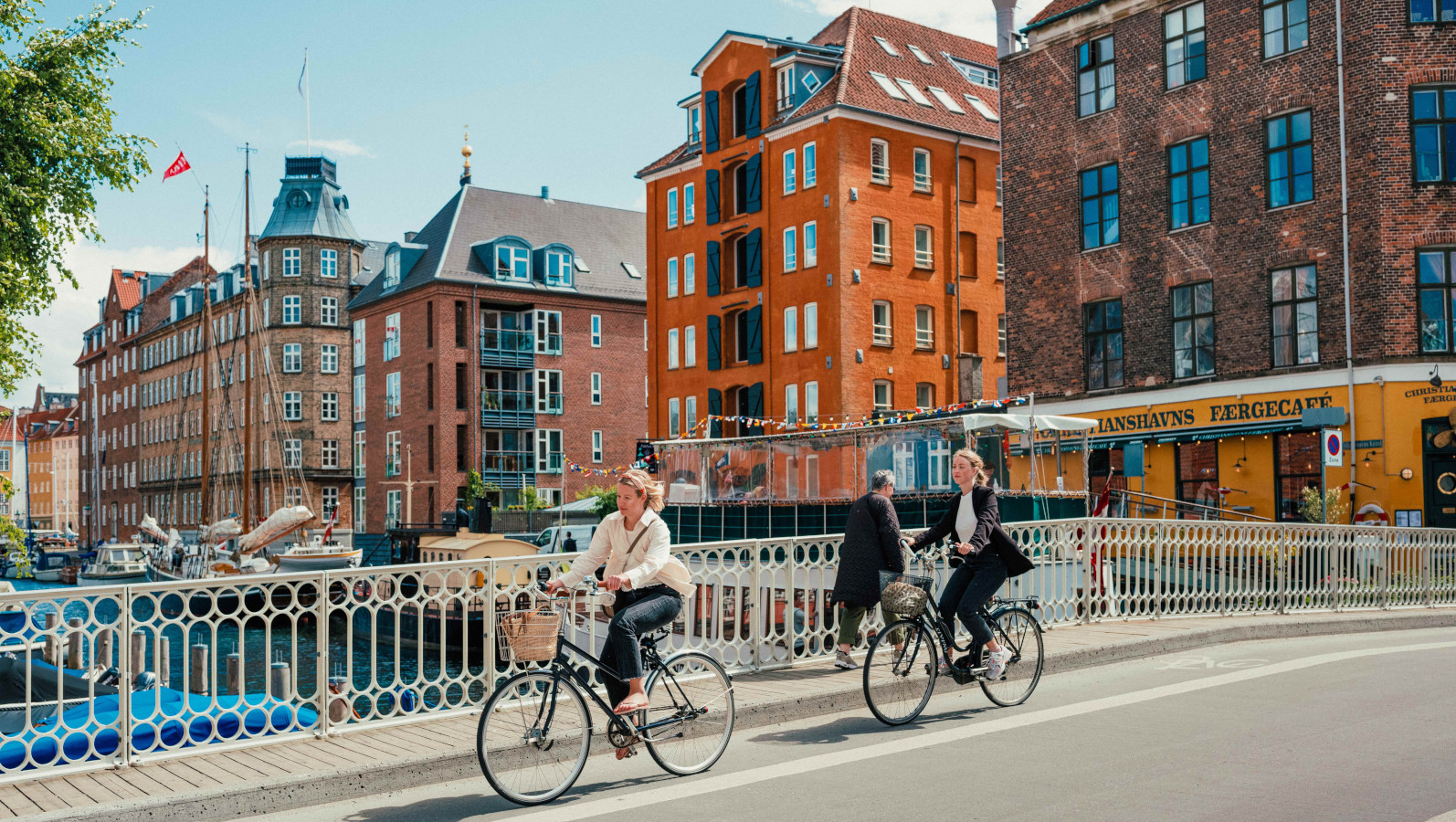 24 hours in Copenhagen: stay, bike, dine, and discover Danish design
24 hours in Copenhagen: stay, bike, dine, and discover Danish designPlan your 24 hours in Copenhagen: sleepover in a former brewery, wake up with a wild swim, and immerse yourself in the home of a modernist master
-
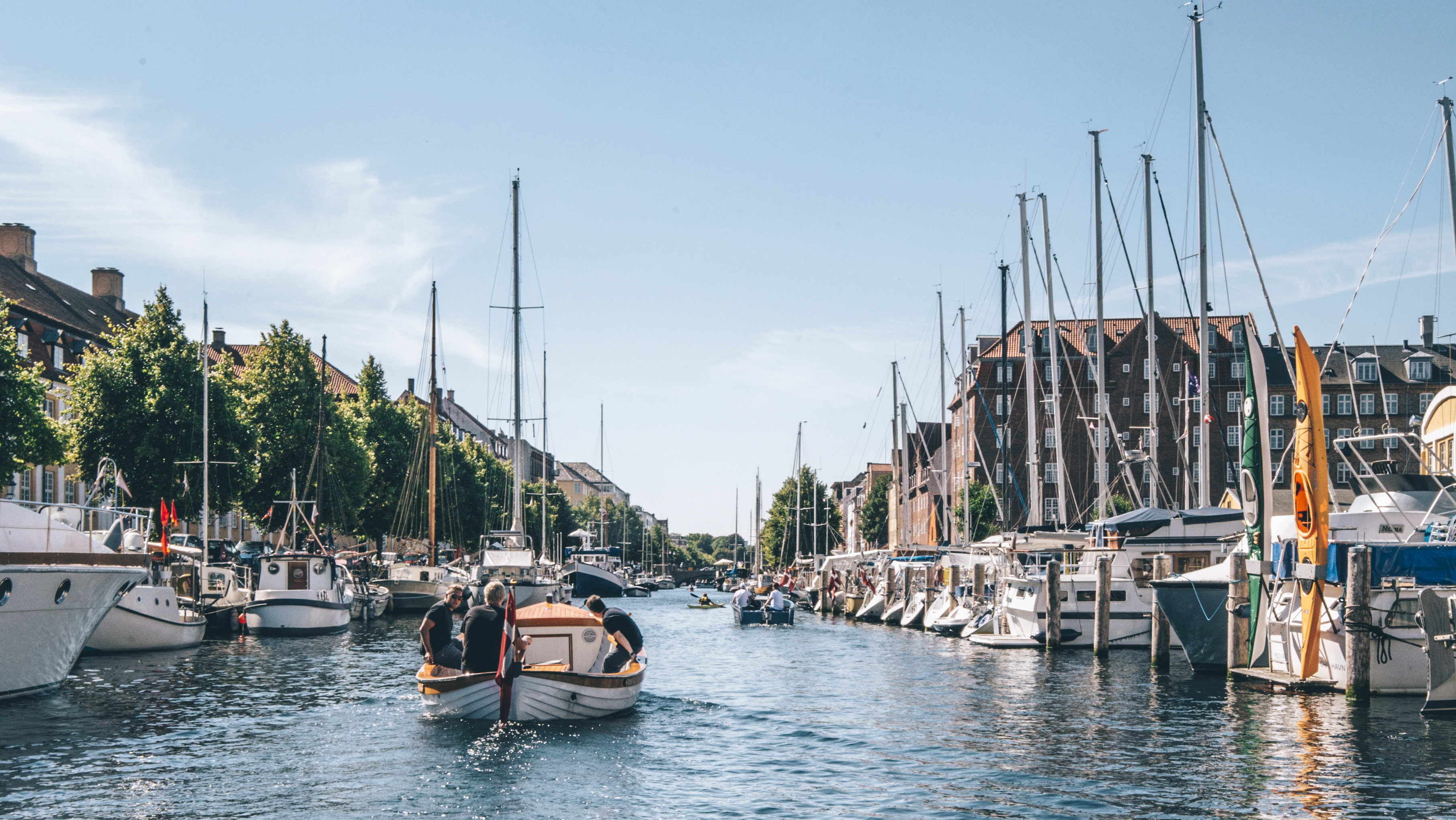 A weekend in wonderful Copenhagen
A weekend in wonderful CopenhagenThe ultimate weekend in Copenhagen starts here: discover the latest openings across the UNESCO World Capital of Architecture, stay in a hotel afloat, start your day with brilliant baked goods and ski down a power-station piste
-
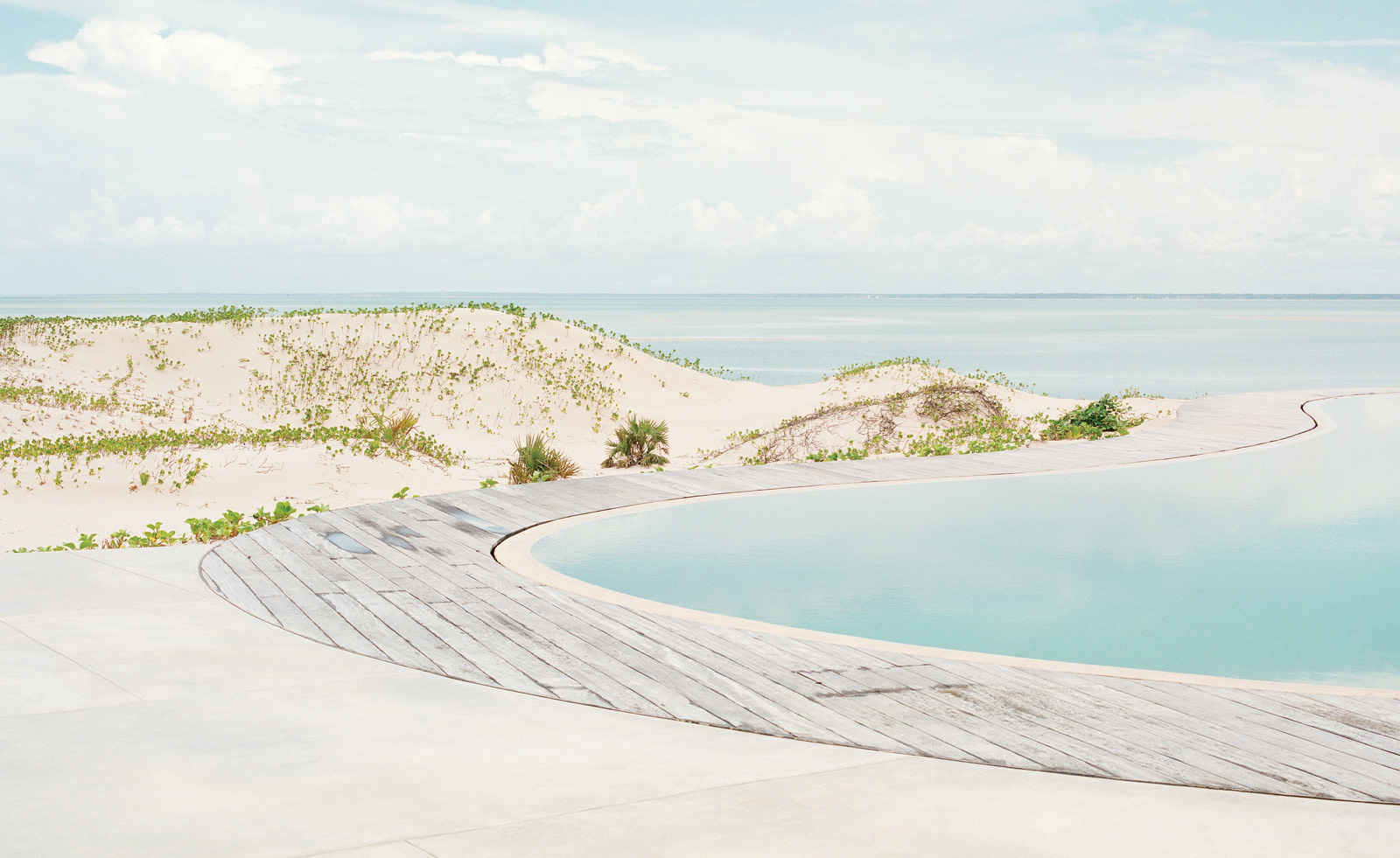 Kisawa Sanctuary aims to protect the Indian Ocean and its people
Kisawa Sanctuary aims to protect the Indian Ocean and its peopleKisawa Sanctuary, a ‘resort-to-research’ hotel, harnesses the power of luxury tourism to fund scientific projects